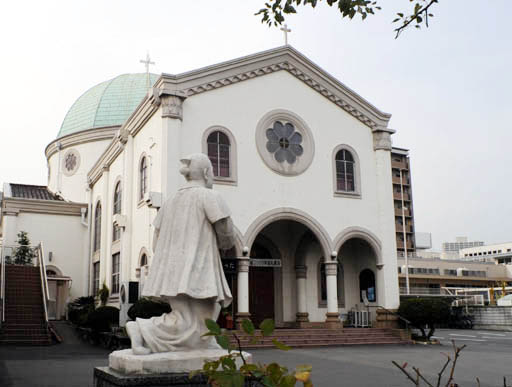
From today, for four days, I hold the basic course of Adlerian Psychology. In 1982 I attended the basic course by Dr. Harold Mosak at The Alfred Adler Institute of Chicago. The curriculum of my course is almost the same as Dr. Mosak’s, but there are some differences. He explained things based on cognitive psychology, but I adopt structuralism as basic philosophy. Before I learned Individual Psychology, structuralism had been familiar to me under the influence of Edmund Leach, a British anthropologist. Cognitive psychology seemed to me less smart. The worst thing is that it presupposes an intrapsychic entity named “convictions” or “beliefs”. Structuralism focuses on texts, which mean described words or performed actions, and tries to discover a structure behind them. The structure does not exist in the brain, but hides behind the texts, just like grammar. When I applied this theory on Individual Psychology, I could explain things more elegantly. However, I know this is a hairsplitting argument, and is not interesting to many students. That’s totally OK. Only thing I wish is to explain Adlerian theory as clearly as possible.

The meeting room of my office is so small that I borrowed a room in the Municipal Hall of Takatsuki city near Osaka. Takatsuki was a territory of Lord Ukon Takayama (1552-1615). He was baptized and named Dom Justo. It was Francisco Xavier who brought Christianity in Japan. He came to Japan in 1549. Christianity was strictly prohibited during the Edo era (1603-1867). Because Lord Dom Justo was a Christian, he was persecuted and exiled to the Philippines. Today, in Takatsuki, there is a Catholic Church, and his statue is built in front of it.
In 1865, Father Bernard Petitjean, a French priest, prepared a church in Nagasaki. Several Japanese came there and recited “Ave Maria” in Latin in front of a Maria’s image. Some Latin prayers were succeeded from parents to children under the cruel suppression for 250 years. This is amazing, I think! The Father was astonished, and tried to persuade the Japanese government. In 1873, the government removed prohibition. However, still now, the population of Christians is approximately one million including Catholics and Protestants. It is less than one percent of the total population of Japan. The reason is one: Christianity does not allow the followers participating in events of other religions. If the churches were more tolerant, more than half of the Japanese would convert into Christianity.
I give lectures for six hours a day. It is so exhausting. Dr. Mosak also lectured for six hours a day. When I took his course, I did not notice that he was worn out. My student may not know that I am deeply tired. That’s OK! I am happy if they enjoy my lectures.

